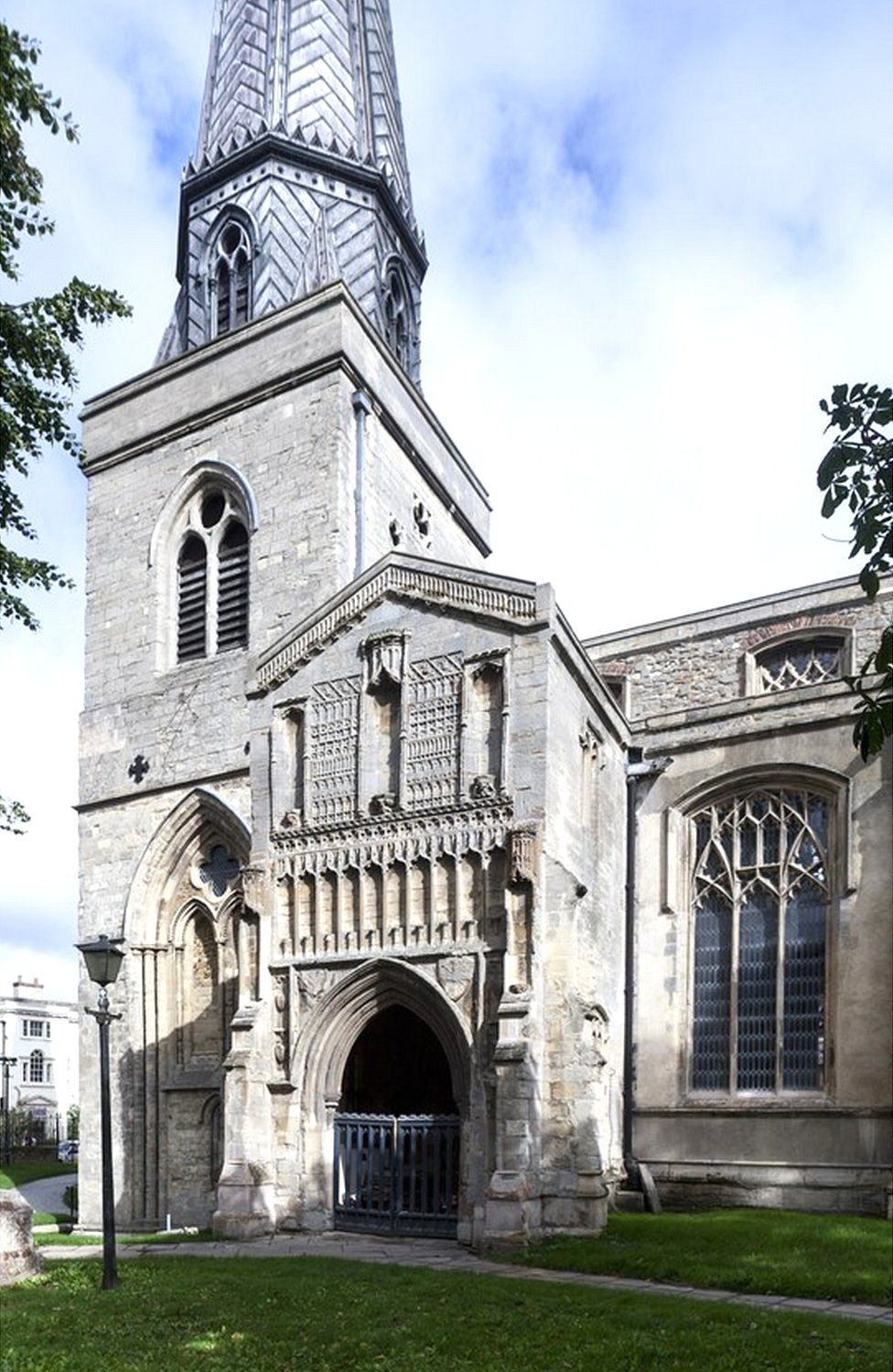Chapel in King's Lynn reopens after £2.7m restoration
- Published

One of the largest chapels in England - the St Nicholas' Chapel in King's Lynn, Norfolk - is reopening after a £2.7m restoration project.
The late 14th/early 15th Century structure had suffered from rotting timbers and damage to the roof angels caused by death-watch beetles.
The year-long restoration, by the Churches Conservation Trust, was part-funded by the Heritage Lottery Fund.
The church is known for the "stunning angel roof", said the trust.
Crispin Truman, chief executive of the trust, said: "I couldn't be more proud of the partnership between the people of King's Lynn and The Churches Conservation Trust which has made the rescue of this internationally important building possible. The roof angels of St Nicholas' were in danger of being lost forever before the community mobilised to help us save the chapel.
"Thanks to funds raised locally and the support of the Heritage Lottery Fund, St Nicholas' is now once again open for all to see in its full glory.
"As well as re-roofing of the building to preserve the incredible carved angels beneath it, the restoration work has included the installation of solar panels on the roof, and a state-of-the-art kitchen and toilets, which will help to breathe new life into the chapel."
Founded in about 1140, the chapel was re-built in the 14th and early 15th centuries from new wealth which came to the town from the Baltic maritime trade.
King's Lynn was once one of the most important ports in England, trading with the Baltic, northern Europe and beyond.
Dendrochronological analysis shows oak used in some of the woodwork tracery at the chapel is from trees felled about 600 years ago in Eastern Europe and imported to King's Lynn for use in the chapel.
A Chapel of Ease is in the parish of another church and was built to meet an expansion of a town for the convenience of parishioners.
- Published13 April 2015
- Published14 March 2015
- Published27 January 2015
- Published29 January 2015